RAW vs JPEG: What's the Difference and Which Should You Use?
In short, RAW is like a "digital negative," and JPEG is like a "developed photo." But that's a bit too simple. This article will take a closer look at how RAW and JPEG differ.
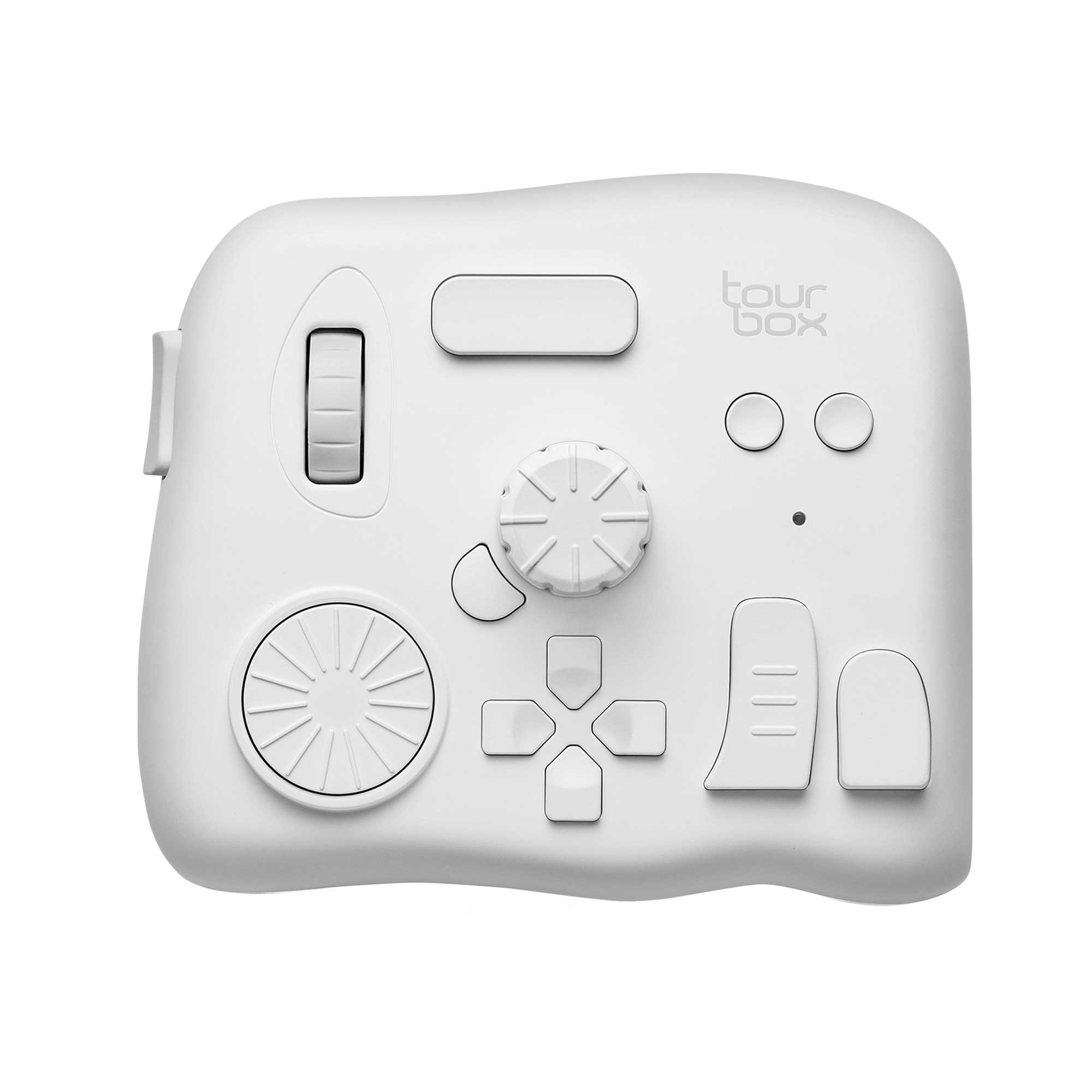
In this article, you will learn:
- RAW vs JPEG: Key Differences
- What Is RAW: the "Digital Negative"
- What Is JPEG: the "Finished Photo"
- Raw Vs. JPEG: How Post-Processing Differs
- RAW vs JPEG: How to Choose?
- Pro Tip: RAW + JPEG
- Conclusion
RAW vs JPEG: Key Differences
Let's start with a simple side-by-side comparison.
| Comparison | RAW | JPEG |
|---|---|---|
| Data Type | Raw, unprocessed sensor data — what the camera actually captured. | Processed, compressed image — the camera applies settings (color, sharpness, contrast) and saves a finished file. |
| File Size | Very large. Usually 2–6× bigger than a JPEG (depends on resolution and sensor). | Much smaller (depends on compression level). |
| Editing Room / Post-Processing | Lossless. Keeps all recorded info, so you get the best image quality and lots of room to adjust exposure, white balance, color, etc. | Lossy. Compression discards some data. Heavy edits can cause noise, banding, and irreversible detail loss. |
| Color Depth | High (12–16 bit) — can capture many more colors (from billions up to trillions). | Low (8-bit) — about 16.7 million colors. |
| White Balance | Fully changeable in post with no quality loss. | Set by the camera at capture. Changing it later can cause color shifts. |
| Compatibility | Limited — needs raw-capable software (Lightroom, ACR, etc.). | Excellent — viewable on almost any device or app right away |
| Storage & Transfer | Uses a lot of space. Takes longer to copy or back up. | Small files. Easy to store, upload, and share. |
| "Finished" Image | Not a finished photo — usually needs editing to look its best. | Ready-to-use straight from the camera — no editing needed. |
Now we'll explain the differences between RAW and JPEG in more detail. We'll use the table above as our guide.
What Is RAW: the "Digital Negative"
RAW isn't a finished picture. It's a data file that stores the unprocessed light and color information the camera sensor captured. The camera hasn't applied sharpening, noise reduction, or color tweaks.
Think of RAW as the fresh ingredients a chef prepares before cooking. They're flexible and ready to be seasoned.
1. Color Depth: 12, 14, or 16 Bits Per Channel
Color depth (aka bit depth) is how many color levels one pixel can hold. It's measured in bits. Higher bit depth means each pixel can store more color information. That makes color transitions smoother and reduces banding.
Common values: JPEG is 8 bits per channel. Many cameras record RAW at 12 or 14 bits per channel. Some high-end medium-format cameras can do 16 bits per channel.
When editing, most photo apps work with either 8-bit or 16-bit images, so RAW data is typically converted into a 16-bit editing format for processing.
Example (16-bit): each channel uses 16 bits (2 bytes). That gives 2¹⁶ = 65,536 brightness levels per channel.
2. Total Number of Colors
For an RGB image at 16 bits per channel, the total possible colors are 65,536³ = 281,474,976,710,656. That's about 281 trillion colors — far more than the human eye or any screen can show.
3. File Size
RAW files are big. They're roughly 2–6 times larger than the same image saved as an 8-bit JPEG. The exact size depends on resolution and sensor.
4. Advantages of RAW
- Huge editing range: Each channel has many more levels than 8-bit. That gives very smooth gradients and lots of tone detail.
- High editing tolerance: Big edits (like big exposure fixes, shadow/highlight recovery, or strong color corrections) introduce fewer artifacts, banding, or color breaks. You have more room to push and pull settings without obvious damage.
- Higher image quality and flexibility: Camera settings such as white balance, sharpening, and saturation aren't permanently baked into RAW. You can fine-tune them on the computer.
- Near-lossless adjustments: With 12–16 bits and full exposure data, you can adjust key parameters with minimal quality loss. RAW lets you make the most of wide-gamut color spaces (for example, ProPhoto RGB).
5. Disadvantages of RAW
- Not widely viewable by default: RAW needs special software (Lightroom, ACR, Capture One, etc.) to open and convert. You can’t just double-click it like a JPEG.
- Larger files: RAW takes more storage and RAM. Backups and transfers take longer.
- Some software limits: A few Photoshop filters or third-party plugins only work with 8-bit images. In those cases you may need to convert to 8 bits first.
- Not instant to share: You usually convert RAW to JPEG (or TIFF) before uploading or sharing.
- Final display often 8-bit: Most screens and printers display 8 bits per channel, so RAW is usually converted down for output.
- Camera previews can be misleading: Cameras show a preview JPEG even when shooting RAW. That can hide blown highlights or give a different look than the RAW data actually contains.
6. When to Use RAW
- Professional work: commercial, portrait, product, or editorial shoots where image quality and editing control matter.
- Challenging light: backlit scenes, low light, high contrast (sunrises, sunsets), where you need to recover highlights or shadows.
- Large prints or archiving: when you need the best detail for big prints, books, or long-term masters.
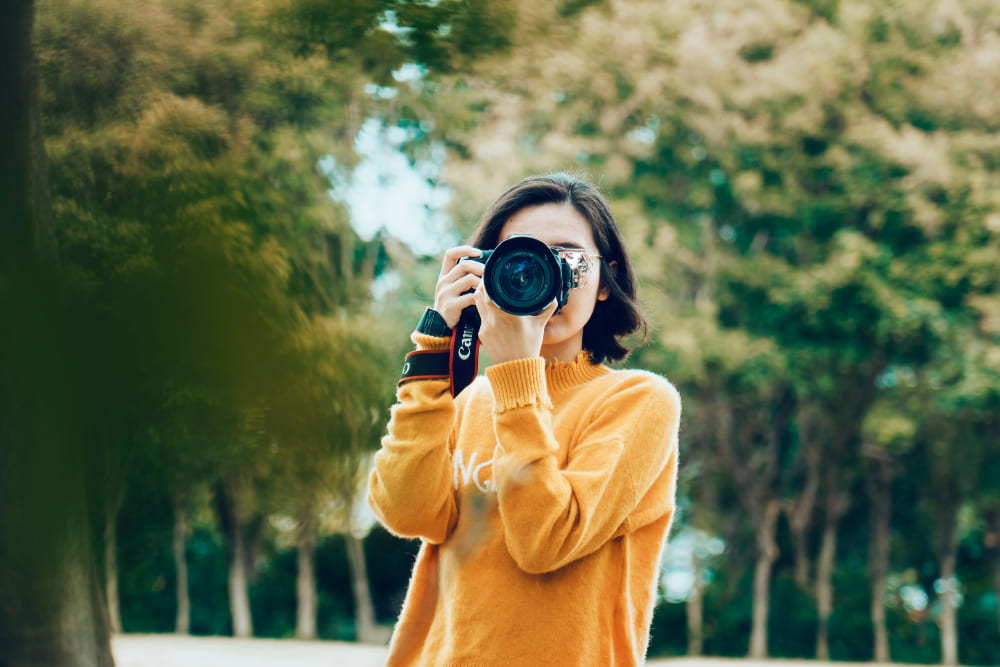
What Is JPEG: the "Finished Photo"
JPEG is the camera's processed, ready-to-view image. The camera takes the RAW data, applies color tweaks, contrast, and sharpening, then uses lossy compression (it discards details our eyes don't easily notice) to make a much smaller file.
Think of JPEG like a finished dish the chef cooked from a recipe — the flavor is set, and big changes can spoil it.
1. Color Depth (Bit Depth)
JPEG uses 8 bits per channel. That means each color channel (R, G, B) has 2⁸ = 256 brightness levels. Because of the low bit depth and lossy compression, you have less headroom for big edits.
2. Total Number of Colors
For an RGB image, total colors = 256³ = 16,777,216. That's about 16.7 million colors — what we call "true color." This is the usual color range for standard displays (sRGB).
3. File Size
JPEG files are relatively small.
4. Advantages of JPEG
- Small files: Saves storage and memory.
- Highly compatible: Works on almost every device, app, and printer. It's the standard for the web, social media, and most consumer printing.
- Full software support: Because JPEG is 8-bit, all Photoshop features, filters, and many plugins are supported without extra steps.
5. Disadvantages of JPEG
- Limited editing room: Each channel only has 256 levels. Large adjustments (big exposure fixes, strong color shifts, heavy highlight/shadow recovery) can cause banding and visible steps in gradients.
- Lossy compression: Every time you edit and resave a JPEG, it recompresses and loses more detail.
6. When to Use JPEG
- Everyday snapshots: family events, travel photos, and quick social posts.
- Fast delivery: when you need ready-to-use images straight from the camera (events, livestreams, on-site delivery).
- Final output with light edits: web images, social sharing, or prints where heavy retouching isn't needed.
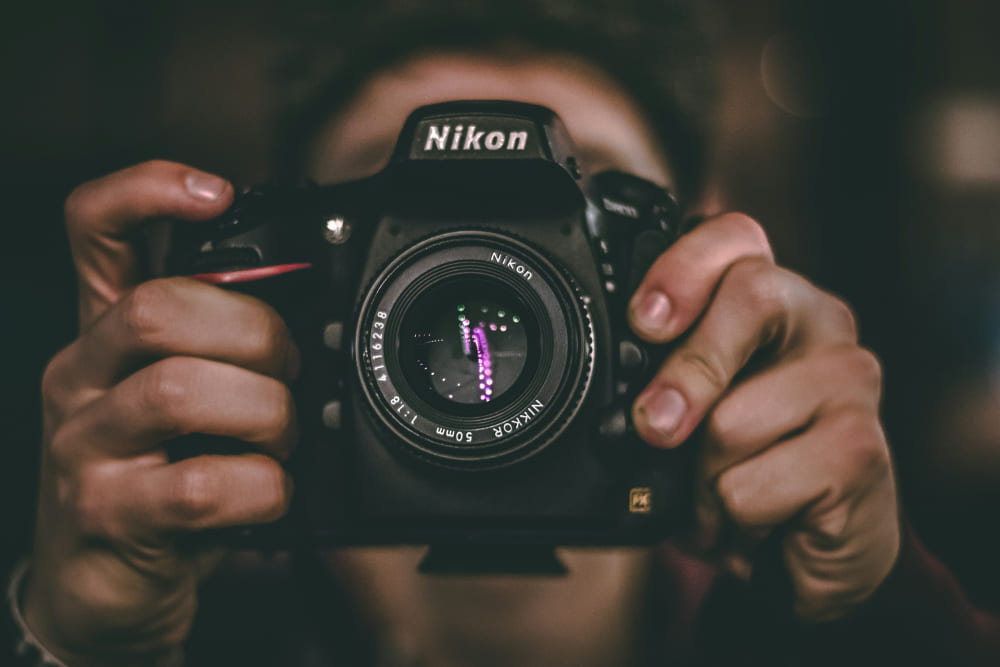
Raw Vs. JPEG: How Post-Processing Differs
RAW gives you a lot more room to edit. With the right post-processing, you can greatly improve image quality. JPEG holds much less detail, so you have limited editing room and higher quality loss.
That said, if you only look with your eyes and don't edit, RAW and JPEG can look nearly the same. But pro photographers often shoot RAW to chase the best possible image quality.
One big technical difference affects how edits are saved:
- If you save your edits as a JPEG, the file is overwritten. Once you close it, the original data is gone. That's a destructive change.
- When you edit a RAW file, the changes are non-destructive. The settings are saved separately (as sidecar files or in the catalog). The original RAW file stays unchanged.
So, for professionals, shooting RAW is usually the only sensible choice.
A simple analogy:
- RAW is like all the fresh ingredients in a kitchen (raw meat, vegetables, spices). You — the chef — can cook them any way you want. If you add too much of one spice, you can often fix it.
- JPEG is like a burger from a fast-food shop. It's made according to a fixed recipe. It tastes fine and you can eat it right away. But you can't easily remove the pickles or swap the fried chicken for grilled beef.
When you shoot RAW, the next normal step is to open the photos in editing software for color grading and adjustments.
So we want to recommend a creative controller that can greatly boost your photo-editing speed and experience: TourBox.
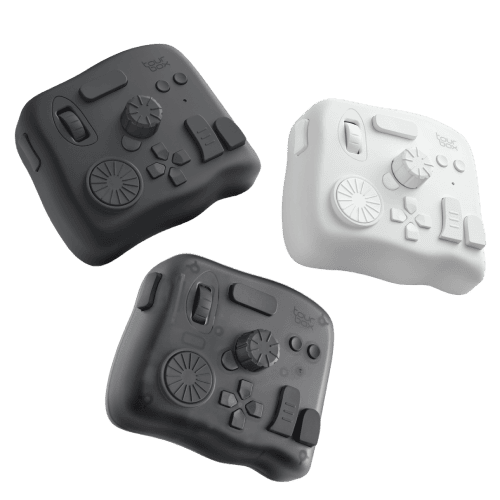
Take Lightroom Classic (LrC) as an example. In LrC the color and edit panels (on the left, right, and bottom) can't be freely dragged or moved to a second screen. You must open those panels to edit. That forces you to work inside the app's fixed layout. It can be hard to focus on small details when the side panels crowd your main photo.
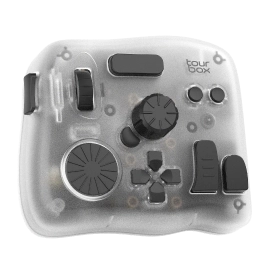
TourBox's built-in features let you leave LrC's native panels behind and edit full-screen. Your photo fills the screen, and the sidebars don't get in the way. You can focus fully on the image. If you're interested, visit our Photo Editing page to learn more.
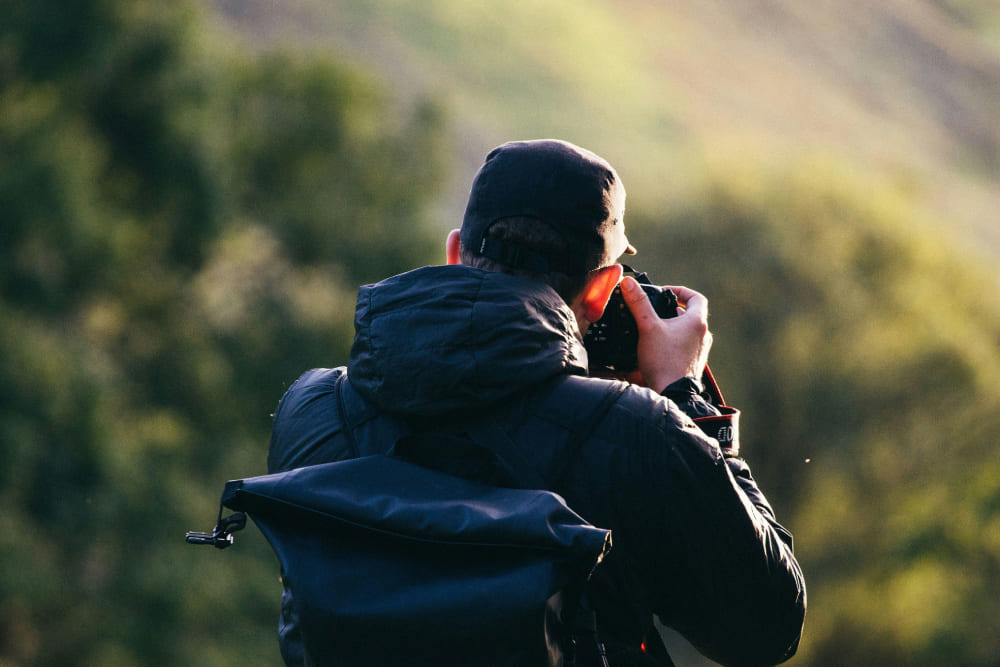
RAW vs JPEG: How to Choose?
Choose RAW:
- You're a photography enthusiast or a pro and want the best image quality.
- You plan to do deep editing and creative work on a computer.
- The shooting conditions are tricky (big contrast, mixed lighting, or unreliable white balance), and you need to fix things in post.
- You don't mind spending more time on post-processing.
- If you shoot with a phone but edit on a computer, shoot in DNG when possible.
Choose JPEG:
- You're shooting casual, everyday photos and want convenience and speed.
- You need fast continuous shooting (like sports) and have limited card space.
- You don't have time or interest in editing and want images ready straight from the camera.
- You don't need top-tier quality — photos are mainly for web sharing or small prints.
Pro Tip: RAW + JPEG
Many cameras let you record both RAW and JPEG at the same time. The camera saves one RAW file and one JPEG file for each shot.
- Benefits: You get a ready-to-share JPEG plus a RAW for heavy editing. This is great when you're not sure if you'll need to retouch later.
- Trade-off: It uses roughly twice the storage.
Conclusion
RAW is a professional format made for post-processing. Use it when you want top image quality and creative control. JPEG is a convenient format made for speed. Use it for everyday shots and quick sharing.
Neither is always "better". It depends on your needs. If you want both speed and flexibility, shoot RAW+JPEG to get the best of both worlds.